Today (January 17) is now officially “Ditch Your New Year’s Resolution Day” and while that sounds like a defeat it is actually an opportunity to embrace the concept of Me Time Monday and 7 Joyful Workouts.
In my book, Me Time Monday, I write about becoming a New Year’s Resolutionary. It is a concept of not ditching your resolutions but breaking down your wellness goal into small, manageable activities that you can do consistently. The purpose is to make a goal a habit or part of your overall wellness routine.
In this blog, I want to share with you some specific “workouts” that are designed to only take 7 minutes of your time. These small self-care snacks help you achieve your longer-term wellness goals by releasing dopamine, our reward hormone, that tells the brain to feel satisfied by accomplishing something. When you feel you have successfully completed something, you also feel like you have more control over your life and all its challenges. This helps other areas of your life such as facing tough relationship issues or tackling financial struggles.
And, your workout does not have to mean sweat and moving. It can be calm and stillness. Check out our 7 Joyful Workouts below.
7 Joyful Workouts
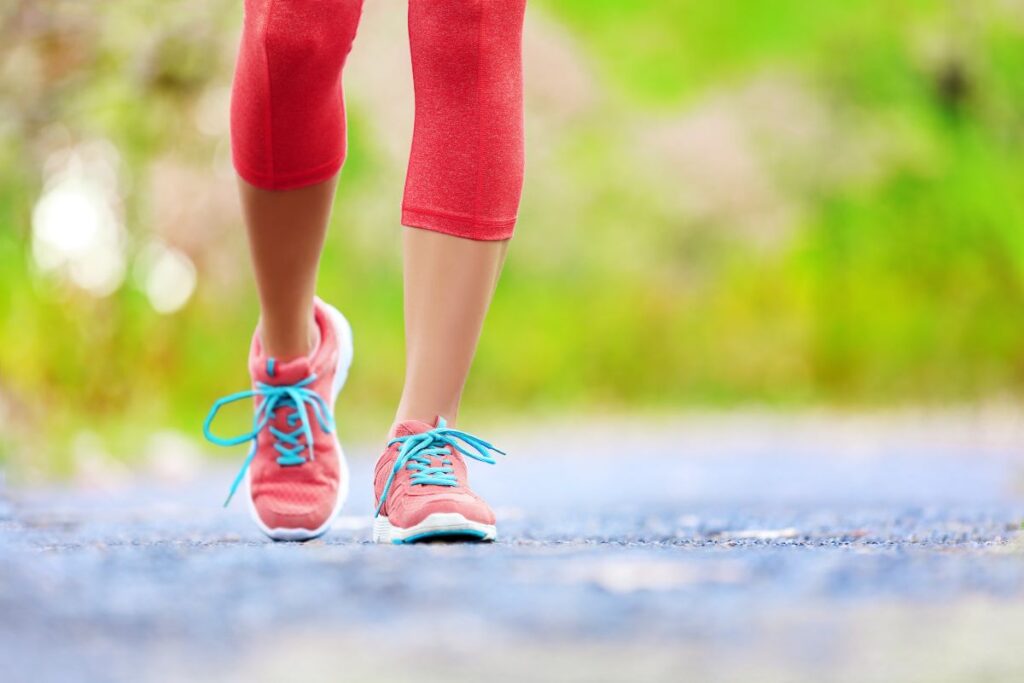
- Green Exercise
In my “Me Time Monday” book, smaller is better. And being outdoors in nature is the best of all.
You do not have to jump on a treadmill for 45 minutes – 1 study showed a 15-minute walk outside on a leaf-canopied or tree-lined path improved cognitive test scores and calmed anxious nerves. Also, according to a Harvard study the aerobic activity of walking in nature just 5,000 steps a day improves blood flow and lowers blood pressure to reduce risk of cardiovascular disease and Alzheimer’s. This is part of a new wellness trend called GREEN EXERCISE. Whatever you can do outside, do it because we spend too much time indoors – 95% of our time – and this is affecting both overall health but also our brain health.
The new movement, Green Exercise, is all about being outside in nature and engaging your five senses of sight, sound, smell, taste and touch. Taking a 7-minute walk outside lets your eyes take in all the green or colors of the season. You smell the fresh air, hear the birdsong or rustling of tree leaves. You can touch various greenery and even taste the freshness of the various smells you are encountering. You can also ride your bike and get the benefit of Green Exercise.
Another great Green Exercise is gardening. Whether planting a garden bed outside or a small herb garden for inside, getting your hands in dirt is wonderfully calming and soothing. It connects us back to nature and earth and we become engrossed in the tactile feel of creating something that will thrive in the weeks and months ahead.
And don’t forget our furry family members! Walking your dog may reduce the risk of dementia for both of you. Studies show dementia affects between 15-35% of older dogs. The Dog Aging Project found that dementia is more than 6 times higher in inactive dogs. So grab the leash and take Fido for a fitness break for you both.

2. Silent Walking
Another trend in Green Exercise is a multisensory experience called “Silent Walking” that became a hit on Tik Tok. It is about not being distracted by modern technology (car sounds, traffic, earbuds, smartphones chiming or ringing) and instead immersing yourself in nature and the quiet stillness of being outdoors.
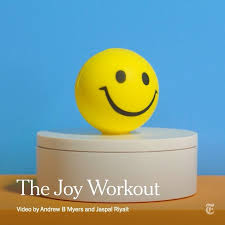
3. Move It or Lose It!
One of the things I found interesting in writing my book is everything old is new again. Ancient or older historical health practices are simply repackaged and marketed as new to capture our attention. Take for instance, the latest trends called The Joy Workout. Kelly McGonigle, health psychologist and lecturer at Stanford University who is known for her work in psychology and neuroscience recently wrote in the New York Times about the “Joy Workout” done inside or outside taking about 7-8 minutes a day. This fun, fast fitness regime is really just a refresh of J.P. Müller’s My System – 15 Minutes’ A Day for Health’s Sake published in 1904 (which I write about in my “Me Time Monday” book).
The whole concept is to take easy movements – swinging your legs and down or side to side, twisting your torso to both sides, swinging your arms wide up in the air or flapping them like a bird, bending at the waist to try to touch your toes – simple movements that get blood flow circulating and make you feel invigorated. If you are able, you can even jump around, like the bunny hop dance, and feel the endorphin hormones release in your body to bring you a sense of pleasure and energy.
If your joints reject the jumping and swinging, then try a calming tai chi class. These are mostly offered in outdoor settings (Green Exercise again!) These soft, almost ballet-like movements, do not stress your joints but build flexibility and strength slowly and incorporate breathing techniques similar to yoga or meditation.
Check out my “Caregiving Club On Air” podcast interview with
Ellen MacKay Of Yoga for Caregivers (S4, Ep 43)
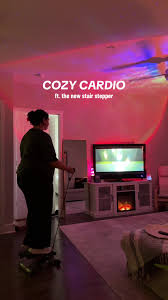
4. Cozy Cardio
Cozy Cardio became a Tik Tok trend coined by Hope Zuckerbrow in 2022 (she is now known as the Founder of the Cozy Cardio Clu). It is about getting your heart rate up in a way that feels good — rather than dreadful. It is about walking on your treadmill or riding an exercise bike at home but in a darkened room with just candles and with a slower beat of music that soothes you rather than gets you pumped up. The focus is on low-density, low-impact exercise. It can be doing stretching in your PJs or a soft, cozy sweater, leggings and big wooly socks. It is self-care blended with soft, slow physical movement.
This Cozy Cardio trend is more like what I write about in my book for a digital detox – hygee – which is the Danish word for cozy. It is about bringing in a sense or warmth through a fire or candles, snuggling and bundling up in comforting clothes, being a nature and its quiet stillness. While a lot of physical fitness trainer feel Cozy Cardio is a cop out to real exercise, it is a blend of moving and meditating both of which have benefits to both your physical and mental health.

5. Shake and Bake
Another form of Cozy Cardio can be baking. Whether it is pushing a rolling pin, chopping up food, blending with your own strength instead of a mechanical mixer, baking can be a physical workout that is slow but impactful. You are getting muscle strength in your arms but you can also do some squats or lunges around the kitchen while you stir or mix it up. And, you are engaging your brain in following a recipe that allows you to focus on creating something that will be yummy (again – a dopamine release once it is done (you have accomplished something!). This is great for brain health and will take you away from the other challenges and stressors of life while you escape into the kitchen for a few minutes.

6. Musical Workout
Researchers have found there is a Brain-Music Connection where Research shows listening to music can reduce anxiety, blood pressure, and pain as well as improve sleep quality, mood, mental alertness, and memory.
But when we make music – by singing along or playing an instrument – we are not only tapping certain parts of our brain for memories or behavior, we are practicing good brain health because music making uses all the regions of the brain simultaneously – especially the visual, auditory and motor cortexes.
When Johns Hopkins medical researchers asked jazz and hip hop artists to play music while getting a functional MRI – the musician’s brains lit up like fireworks going off. More than any other brain exercise – music making is the ultimate cross trainer to build better brain function and health.
Because musical notes are about the relationships of one note to the next, the rhythm and tempo – your brain is doing a lot of complex computing.
One study found musicians have a 64% less risk of developing Alzheimer’s than non-musicians. Also, singing or playing a musical instrument through life is neuroprotective but even if you start your musical journey later in life, the benefits will last a lifetime.
Check out my “Caregiving Club On Air” podcast interview with
Rachel Francine and Andy Tubman – Founder of SingFit (S3, Ep 26)
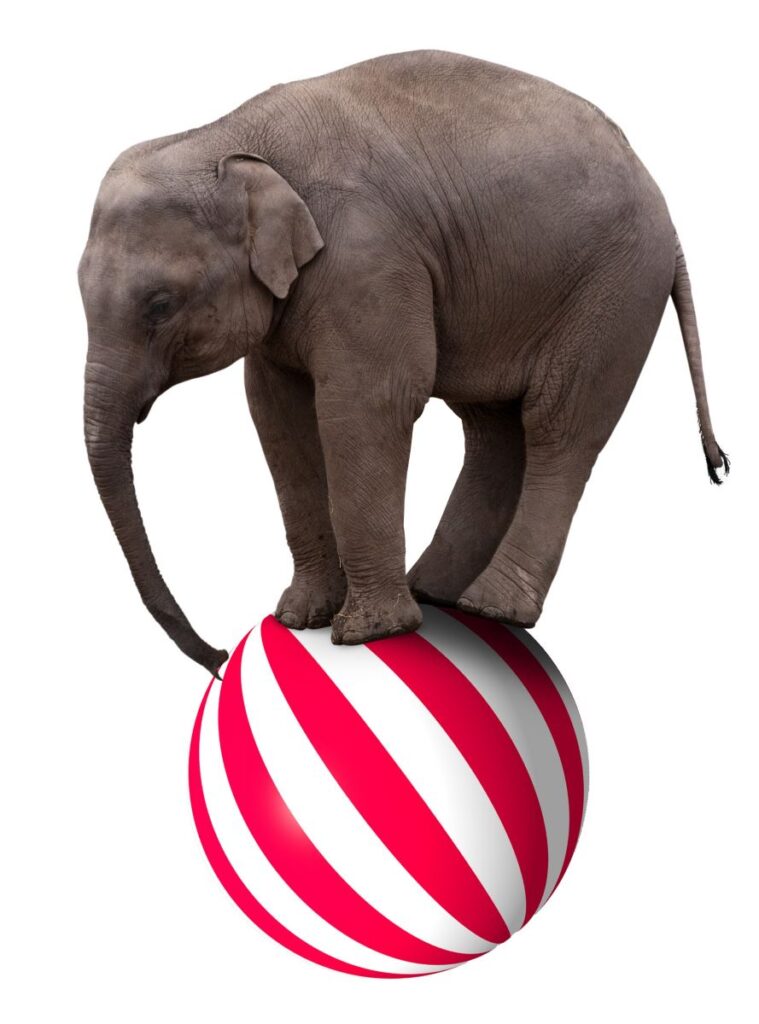
7. Balancing Act
Life is a balancing act. As a caregiver, you juggle a lot of balls and often the one we all drop is the one that says “Me Time.” Most of my “Me Time Monday” about is how to bring life back into better balance using proven brain health techniques.
But actual physical balance can also tell us about our brain health (and our muscular strength). Here is a quick Balance Test you can do at home. As we age, we start to see a decline in three key mobility factors: gait, muscle strength, and balance. A key indicator of how well we are aging as well as our neuromuscular health is the ability to balance on one leg. A recent cross-sectional study published in PLOS ONE, conducted by researchers at Mayo Clinic wanted to know how these aging indicators related to one another and whether men or women experience different rates of decline for people over age 50.
Here is how to take your self-test on Balance:
- Stand on one leg with the other leg propped against your thigh or calf for 30 seconds each leg.
- Keep eyes wide open looking ahead (not down or to the side)
Below you can compare your results to what range you should be in for your age group:

Whatever you choose for your Joyful Workout, make it small and simple and you will be successful!
©2025 Sherri Snelling



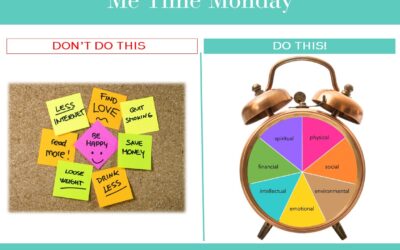
0 Comments